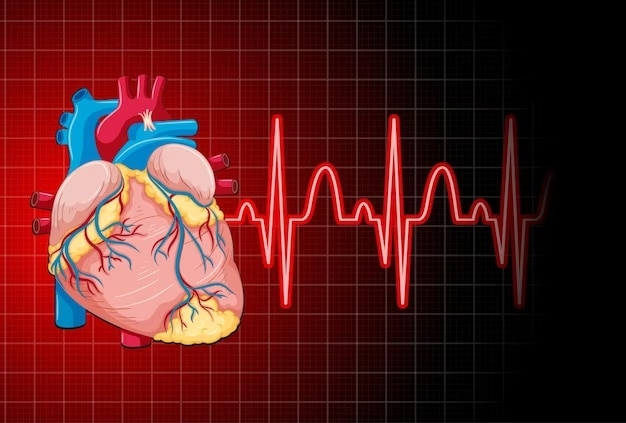Redo Cardiac Surgery
Redo cardiac surgery, also known as repeat cardiac surgery or reoperative cardiac surgery, refers to a subsequent surgical procedure performed on a patient who has previously undergone heart surgery. It is often required when there is a need to address complications or recurring heart conditions that were not adequately resolved by the initial surgery.

Redo cardiac surgery
Cardiac surgery requiring resternotomy (so-called ‘redo’ surgery) is technically difficult and carries a higher operative risk than a first-time operation. Redo cardiac surgery are particularly challenging due to well-recognized problems, including difficulty with access to the heart (due to adhesions, scarring, fibrosis, or calcification around the operative site) making dissection and suture placement difficult, prolonged operation times, and increased postoperative mortality and morbidity. These factors necessitate a high level of expertise and precision to ensure the best possible outcomes for patients undergoing repeat cardiac procedures.
Reasons for Redo Cardiac Surgeries:
- Reoccurring Disease: In some cases, the disease or condition that was treated during the initial cardiac surgery may reoccur or progress over time, necessitating further intervention. For example, the recurrence of blockages in bypass grafts or the degeneration of previously implanted heart valves.
- Complications: Complications arising from the initial surgery, such as infection, bleeding, or poor healing, may require corrective measures through redo surgery.
- Prosthetic Valve Dysfunction: Mechanical or biological heart valves used in the initial surgery may wear out, degenerate, or malfunction over time, requiring replacement or repair.
- Structural Abnormalities: In certain cases, structural abnormalities in the heart or blood vessels may develop or worsen after the initial surgery, necessitating further intervention.
- Improvements in Surgical Techniques: Redo cardiac surgery may be performed to take advantage of newer, more advanced surgical techniques or technologies that were not available during the initial procedure.
Redo cardiac surgery are often necessitated by various underlying issues and complications. Some common causes include:
- Recurrent or Progressive Heart Disease:
- Progressive atherosclerosis or new blockages in coronary arteries.
- Recurrence of valve disease due to degenerative changes or infection.
- Complications from Previous Surgery:
- Failure of previous grafts in coronary artery bypass surgery.
- Malfunction or degeneration of previously implanted prosthetic valves.
- Structural Heart Issues:
- Residual defects or complications from congenital heart defect repairs.
- Development of new structural abnormalities, such as aneurysms.
- Infections:
- Endocarditis (infection of the heart valves or inner lining) that may necessitate valve replacement.
- Pericardial Disease:
- Constrictive pericarditis or pericardial effusion leading to compromised heart function.
- Technological Advancements:
- Availability of newer, more effective surgical techniques or devices that can improve patient outcomes, prompting a redo surgery.
- Patient Factors:
- Changes in patient health status or comorbidities that affect the functioning of previously repaired or replaced structures.
- Surgical Complications:
- Initial surgical procedure complications, such as improper placement of grafts or valves, requiring corrective surgery.
- Redo cardiac surgery address these issues, aiming to improve the patient’s quality of life and long-term survival.

